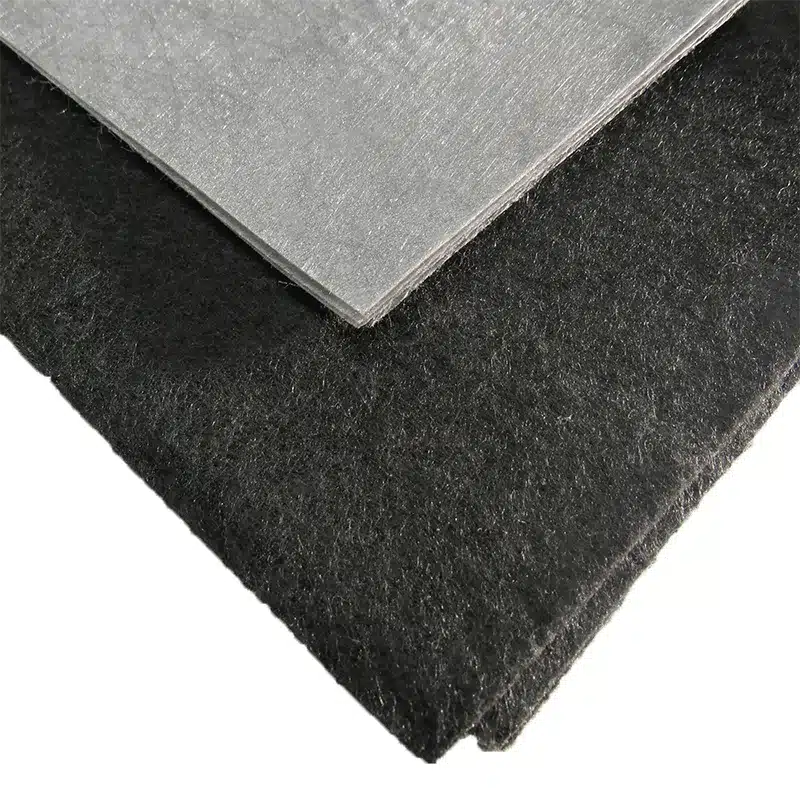+86-159 9860 6917
info@geofantex.com
geofantex@gmail.com
+86-400-8266163-44899
When it comes to crafting a durable and long-lasting gravel driveway, incorporating geosynthetics can make a remarkable difference. Geosynthetics are engineered materials that enhance the stability and strength of various construction projects.

What Are Geosynthetics and Why Are They Important?
Definition of Geosynthetics
Geosynthetics are synthetic products, typically made from polymers, used in civil engineering and construction projects. These materials are designed to enhance the properties of soil and other materials, providing improved performance and longevity for various infrastructure projects.
Types of Geosynthetics
- Geotextiles: Fabrics used to separate, filter, reinforce, protect, or drain soil.
- Geomembranes: Impermeable membranes used primarily for containment and separation.
- Geogrids: Grid-like structures used to reinforce soils and similar materials.
- Geonets: Net-like structures used for drainage and filtration.
- Geocomposites: Hybrid materials that combine properties of different geosynthetics.
- Geocells: 3D honeycomb-like structures used for soil stabilization and erosion control.
Importance of Geosynthetics
- Soil Stabilization: Geosynthetics improve the strength and stability of soils, making them crucial for building foundations, retaining walls, and embankments.
- Erosion Control: These materials prevent soil erosion in areas such as slopes, riverbanks, and coastlines.
- Drainage and Filtration: Geosynthetics facilitate the movement of water while filtering out soil particles, which is essential for roadways and other construction projects.
- Environmental Protection: Geosynthetics are used in landfills, wastewater treatment plants, and other containment applications to prevent contamination of surrounding areas.
- Cost Efficiency: By enhancing the properties of soil and other materials, geosynthetics can reduce the need for expensive and extensive earthworks.
- Durability: Geosynthetics offer long-term performance, which extends the lifespan of infrastructure projects and reduces maintenance costs.
How Do Geosynthetics Benefit Gravel Driveways?
Geosynthetics provide several benefits when incorporated into gravel driveways. They act as a barrier to prevent the mixing of gravel and underlying soil, reducing the risk of uneven surfaces. Geosynthetics also distributes loads more uniformly, reducing the impact of heavy vehicle traffic on the driveway’s integrity. Additionally, these materials improve water drainage, preventing the accumulation of water and the subsequent erosion of the driveway’s base.
What’s the Process of Creating a Geosynthetic-Incorporated Gravel Driveway?
The process involves multiple steps:
- Site Preparation: Clear the area, remove vegetation, and grade the surface to ensure proper water drainage.
- Geosynthetic Placement: Roll out the chosen geosynthetic material over the graded area, ensuring complete coverage.
- Base Layer Installation: Add a layer of compacted base material (gravel or crushed stone) over the geosynthetic to provide a stable foundation.
- Middle and Top Layers: Continue adding and compacting layers of gravel, ensuring proper compaction for each layer.
- Finishing Touches: Smooth the top layer for proper water runoff, and consider adding a slight crown for effective drainage.
Are There Different Types of Geosynthetics for Gravel Driveways?
Yes, there are various types of geosynthetics suitable for gravel driveways. Geotextiles are commonly used to separate the gravel from the underlying soil and prevent intermixing. Geogrids provide reinforcement by distributing loads and preventing rutting. Geocells, which are three-dimensional honeycomb structures, offer confinement to gravel particles, improving stability and load-bearing capacity.



Get Free Sample
We’ll respond as soon as possible(within 12 hours)






















